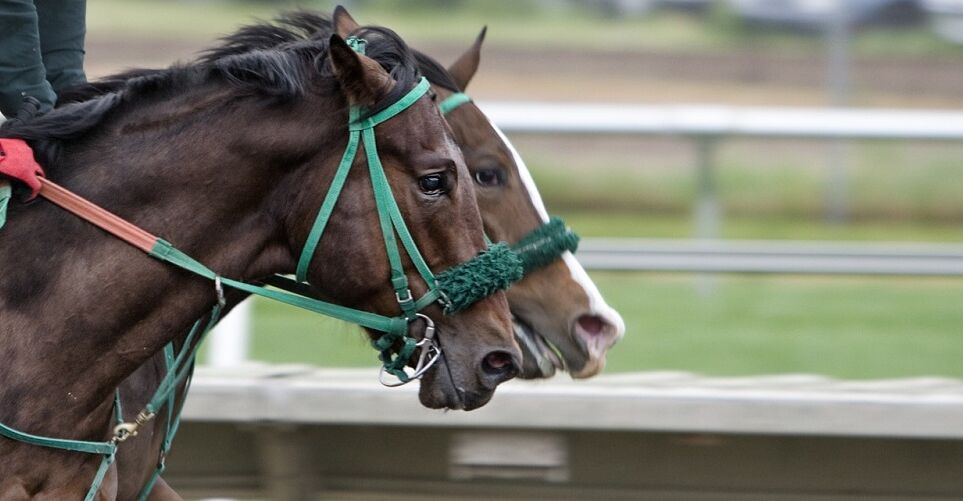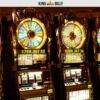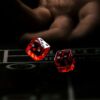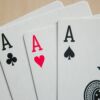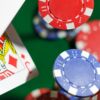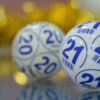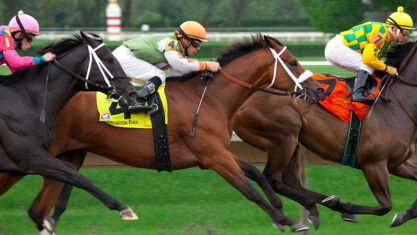Horse racing, a sport steeped in tradition and excitement, has long been accompanied by a tapestry of beliefs and rituals that add mystique to the competitive atmosphere. Jockeys, trainers, and bettors around the globe often adhere to peculiar horse racing superstitions in the hopes of influencing the outcome of a race. But do they really work, or are they just a colorful addition to the world of equine competition? Let’s see.
5 popular horse racing superstitions you’ve never heard of
While horse racing superstitions may not have a scientific basis, their prevalence and persistence within the racing community showcase the importance of psychological factors in the sport. Whether it’s a lucky color, a pre-race ritual, or the avoidance of certain numbers, these superstitions add a layer of intrigue to the world of horse racing, captivating fans and participants alike.
In a sport where the margin between victory and defeat can be razor-thin, the power of belief, no matter how superstitious, continues to shape the narrative of each race. So, let’s take a look at the most popular horse racing superstitions prevailing among fans and participants globally.
Lucky charms and colors
There are many lucky charms for gamblers, but what about horse racing bettors and participants? Both often have preferred colors that they believe bring luck on the track. Blue and black are some of the luckiest colors, as believed by many fans and jockeys. Some participants also carry lucky charms or talismans ranging from horseshoes to religious tokens, as a source of protection and positive energy.
Avoiding green
Although some colors are considered lucky in horse racing, the color green is often associated with bad luck and is believed to bring misfortune to both jockeys and horses. Participants may avoid wearing green attire or using green equipment, fearing that it could jinx their chances of victory. This superstition harks back to historical beliefs that green was an unlucky color in various cultures.
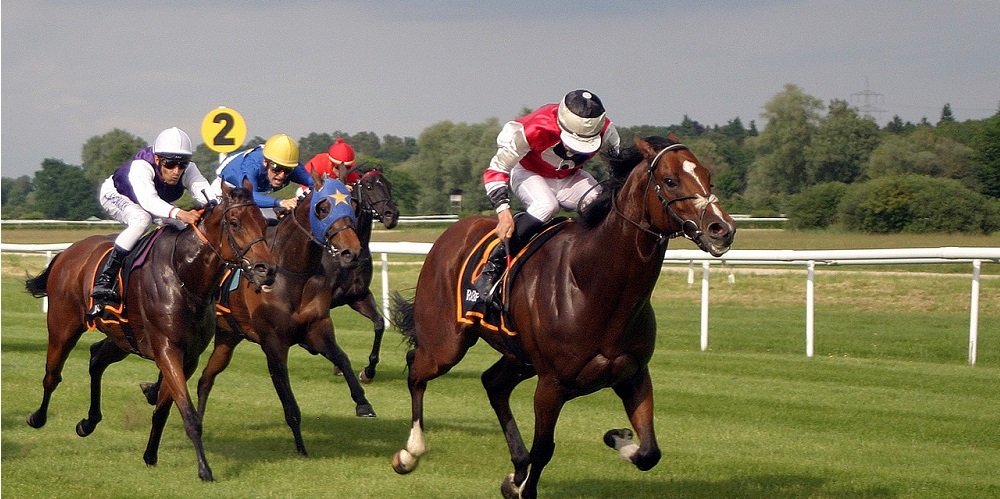
Number 13
The infamous number 13 has long been considered unlucky in Western horse racing superstitions, leading to the omission of the 13th stall in many racing tracks. Jockeys and trainers may also go to great lengths to avoid any association with this supposedly cursed number, altering race numbers, or even scratching horses from a race if assigned the number 13.
Raining on the race day
Contrary to conventional preferences, some racing enthusiasts believe that rain on race day is a sign of good luck. The theory is that the rain washes away negative energy, leaving a clean slate for success. Jockeys and trainers may welcome a downpour, seeing it as a positive omen for their horse’s performance.
Pre-race rituals
Many trainers and jockeys have specific pre-race routines and ceremonies they follow religiously. These rituals include a series of taps on the horse’s flank and reciting mantras for good luck. While they may seem quirky to outsiders, these practices instill a sense of focus and confidence in those who believe in their efficacy. If you also follow these rituals or learn how to claim online sportsbook bonuses, you can also succeed in betting on horses.
Do horse racing superstitions really work?
The belief in superstitions has been an inherent part of human culture for centuries, and horse racing is no exception. Whether it’s wearing lucky colors, performing pre-race rituals, or avoiding specific numbers, many individuals in the racing industry swear by these superstitions. While science may dismiss them as mere coincidences, the psychological impact on the participants cannot be denied. The power of belief is a potent force, and in the high-stakes world of horse racing, even the slightest edge can make a difference.
